Rob Schenk and Thierry Diagana, Aikido Institute of San Francisco
Gloria E. Nomura didn’t set out to become one of the most respected martial artists in North America. In fact, she didn’t start training until after the age of 40. But what began as curiosity became a lifelong practice, and what started at a UCLA Aikido club turned into a decades-long journey of teaching, traveling, and transmitting the values of an art that shaped her life.
Her first encounter with Aikido was through a friend. The movements caught her eye—fluid, precise, not about punching or domination. “This,” she thought, “I want to do.” At the time, she was the only woman in the dojo. That didn’t matter. She stayed. She trained. And she found something that would define the next chapters of her life.
What pushed her deeper was seeing Chiba Sensei. “The moment he walked on the mat, I said to myself, this is a true martial artist. This is who I want to follow.” That impression stayed with her. It wasn’t about charisma or showmanship. It was presence. Discipline.
Eventually, Nomura Sensei opened her own dojo in Daly City. No students came at first. But she showed up, day after day and the students found their way. She built something from the ground up, not for recognition, but because it was worth doing. That dojo became a community. A place where Aikido could take root, grow, and evolve.
Her teaching style has shifted over the years. At first, she felt she had to show power, prove herself. But time and experience changed that. She began to refine, strip away the unnecessary. “With the right technique,” she said, “you don’t need to force anything. You can take control without hurting anyone.”
She also found a deep connection to Iaido—the Japanese sword art. It offered something different, but related. “Iaido is solitary. You and the sword. No distractions. No faking it. You have to focus. It’s meditative. Demanding. Beautiful.”
To Nomura Sensei, the sword and Aikido share a common purpose: developing the self. “You’re not going to win against a gun or a nuclear weapon. That’s not the point. It’s about building who you are. Physically. Mentally. Spiritually.”
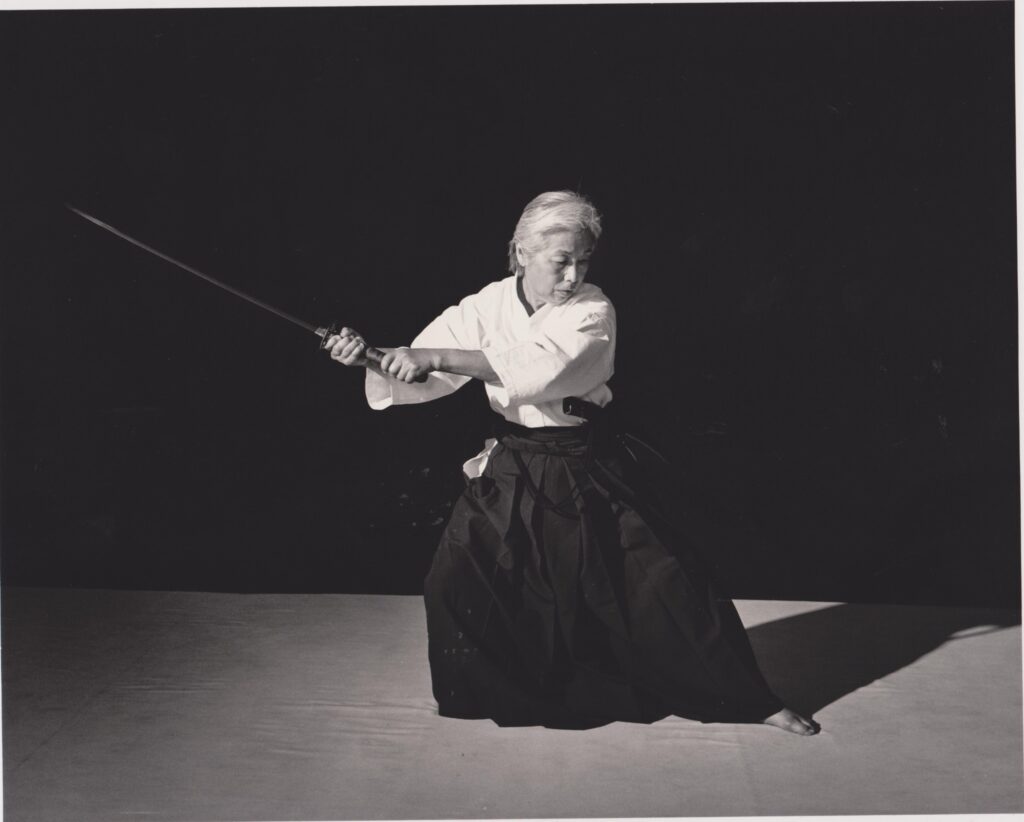
Nomura Shihan, Iaido demonstration, Aikido of West Los Angeles Dojo, early 1990s.
She taught internationally in Latin America, Siberia, and Europe. Often the only woman in the dojo. But she didn’t go to prove anything. She went because she was invited. And she believed in sharing the art with anyone who wanted to learn.
Nomura Sensei was the first woman in North America to be promoted to Shihan. It was a milestone, but not one she would indulge in. “I just trained,” she said. “I didn’t think about being a woman. I thought about doing the art.”
A mother of four, a PharmD, a lifelong teacher, and a global ambassador for Aikido, Nomura Sensei lives the balance she taught. Not perfectly. Not easily. But honestly. “If you love something, don’t let anyone stop you. It’s your life.”
Her Aikido isn’t loud. It isn’t flashy. It doesn’t need to be. It is steady. Grounded. Clear. And it left a mark on everyone who trained with her. She is as demanding to her students as she is to herself. “Don’t be lazy. Pick up that slack”.
Her legacy is not just in the photos or the titles. It’s in how her students move. In how they teach. In how they carry themselves. That’s what survives. And that’s what matters.
What follows is an intimate conversation with a trailblazer, the first woman to be promoted to Shihan in North America, whose words offer wise guidance for students, teachers, and future generations alike. The interview was held in San Francisco, January 2025.
I. First Encounters: Falling in Love with Aikido
Sensei, how did you first hear about Aikido?
“I first heard about Aikido from a friend who suggested I check it out. I was working at UCLA at the time, and there happened to be a club there. The first class I saw, I just loved it. I thought, ‘This is I want to do.’”
What was it that stood out to you?
“The atmosphere. The people were enjoying their training. I remember the movements; they were beautiful. It wasn’t like punching or fighting. It felt effective, but not violent. That drew me in.”
Do you remember who your first teacher was?
“The first Aikidoist I saw was Saotome Sensei. He gave a demonstration off-campus, and he really impressed me.”
Were there many women training at that time?
“None. I was the only female in the class. But I didn’t let it bother me. I just thought, ‘I can do this.’”
II. Finding Her Path: The Influence of Chiba Sensei
You mentioned Chiba Sensei made a strong impression on you. Was that a turning point in your training?
“Yes. The first time I saw him walk onto the mat, seeing just the way he moved, I knew. I thought, ‘This is a true martial artist. This is who I want to follow.’ It wasn’t even the techniques. It was his presence.”
It made me realize I wanted something beyond just club practice. That’s when I started to take it more seriously. Pablo Vazquez and I started a dojo in West Los Angeles where we cultivated students, hosted many seminars over the years, including Chiba Sensei, Mitsuzuka Sensei, Shibata Sensei and others.”
III. Becoming a Teacher: Pioneering in Daly City and Beyond
When did you start your own dojo?
“Eventually I purchased a property in Daly City, right on Mission Street around 1998 or so. I opened a dojo there. I wanted to move back to Northern California where I grew up and be closer to my family.
At first there were no students, but it filled up in time. I remember I would just practice Iaido by myself at the beginning and eventually the dojo grew.”
What was your proudest moment in Aikido?
“Opening the dojo. Teaching before was meaningful, but having your own dojo brings a deeper responsibility. You have more influence. That’s what made it special.”
And then you were promoted to Shihan. That must’ve been significant.
“It was an honor. Chiba Sensei believed in me. And I’m small — only four foot ten. But he had confidence in me.”
IV. The Art of Adaptation: Aikido and Aging
You’ve evolved your Aikido style over the years — what changed?
“In the beginning, I felt I had to prove myself. I tried to show more power than I needed to. But over time, I realized it’s all about technique. With the right technique, you don’t have to use much force and you don’t have to hurt anyone.”
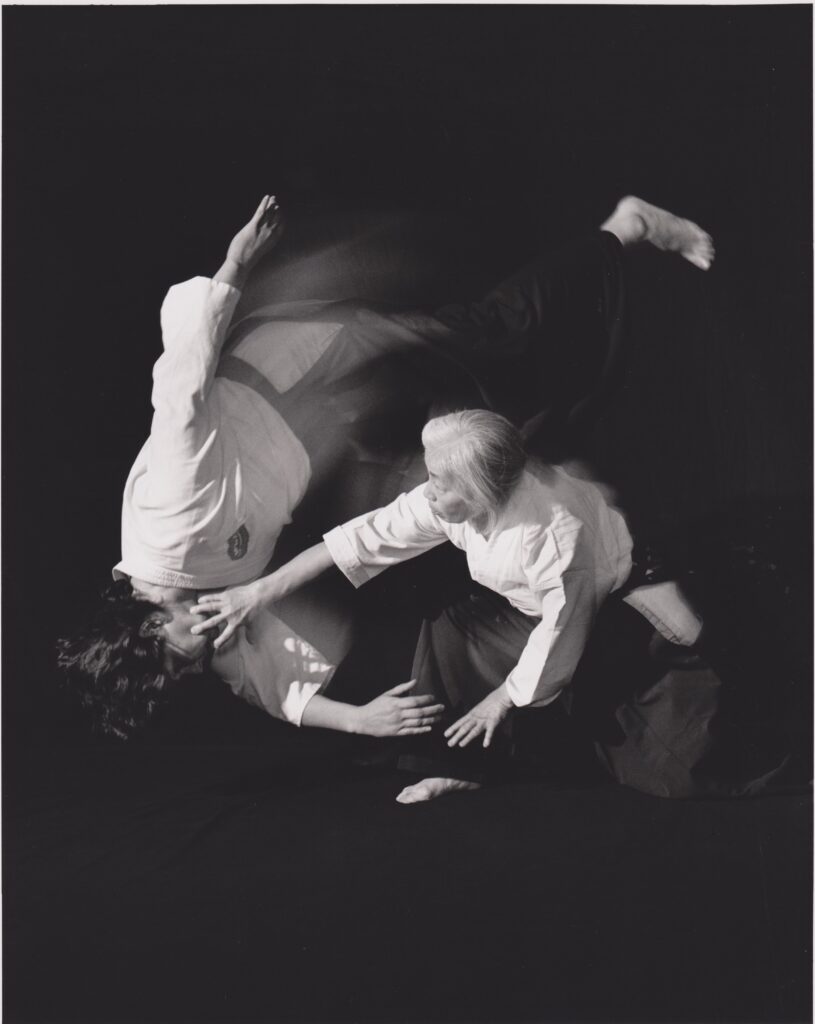
Aikido in motion: Nomura Sensei executing a throw with clarity and precision.
How has Aikido helped you as you’ve aged?
“Yes. It’s helped my balance. If I trip, I recover quickly. Mentally, I’m more alert. I’m more aware of my surroundings. I think that’s something Aikido teaches you.”
V. Teaching with Purpose: Wisdom for Future Generations
What advice would you give to Aikido teachers today?
“You have to enjoy Aikido. And when you teach, your goal should be to pass on the art, not to show off. Pass it down to students who can pass it to their students. That’s how Aikido survives.”
What would you say to someone starting Aikido later in life?
“Don’t be afraid. I started at 40 years of age. I did it to keep physically active and I didn’t want to be afraid of anything. That’s what Aikido gave me.”
VI. A Global Voice: Spreading Aikido Across Cultures
You’ve taught all over the world — what was that like?
“It was wonderful. Latin America, Greece, Spain, Siberia. People were so respectful. Sometimes it was mostly men training, but they welcomed me. In some places, I hoped I could encourage women too.”
What made you say yes to those invitations?
“I like to explore. I don’t like to stay stuck in one place. If someone invites me, I go. That’s just who I am.”
VII. Legacy and the Road Ahead
What should future generations remember about Aikido?
“That it’s about character. Aikido shows a better way to handle conflict, not just on the mat, but in life. Don’t let it become about hurting. It’s about restraint, control, and peace.”
Any final thoughts?
“If you love something, don’t let anyone stop you. It’s your life.”
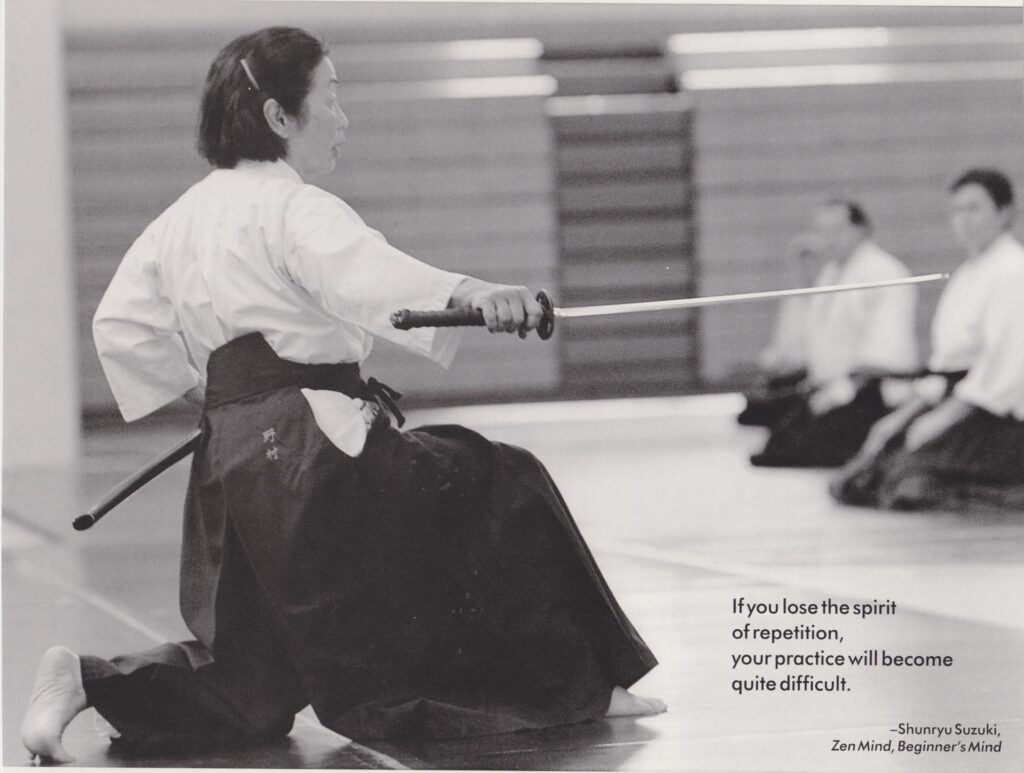
Call-to-Action (for the newsletter readers):
To honor Nomura Shihan’s legacy, we invite dojos across the organization to reflect on her teachings, share this interview with students, and commit to preserving the spirit of Aikido as a lifelong journey of character, not just techniques.
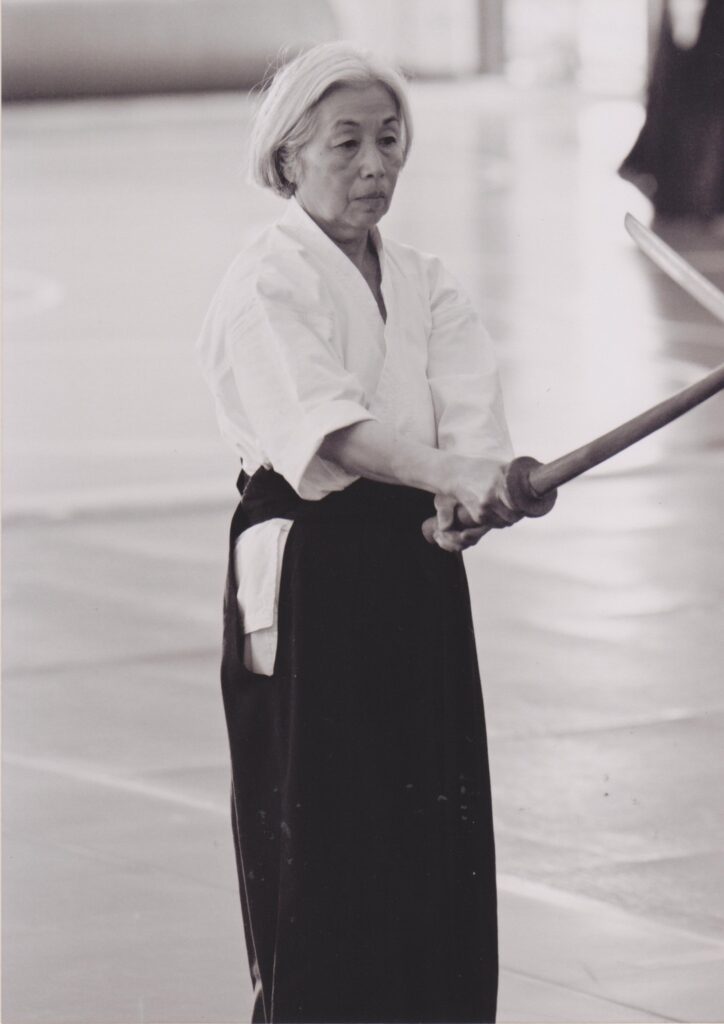
The way of the sword: presence, posture, peace.
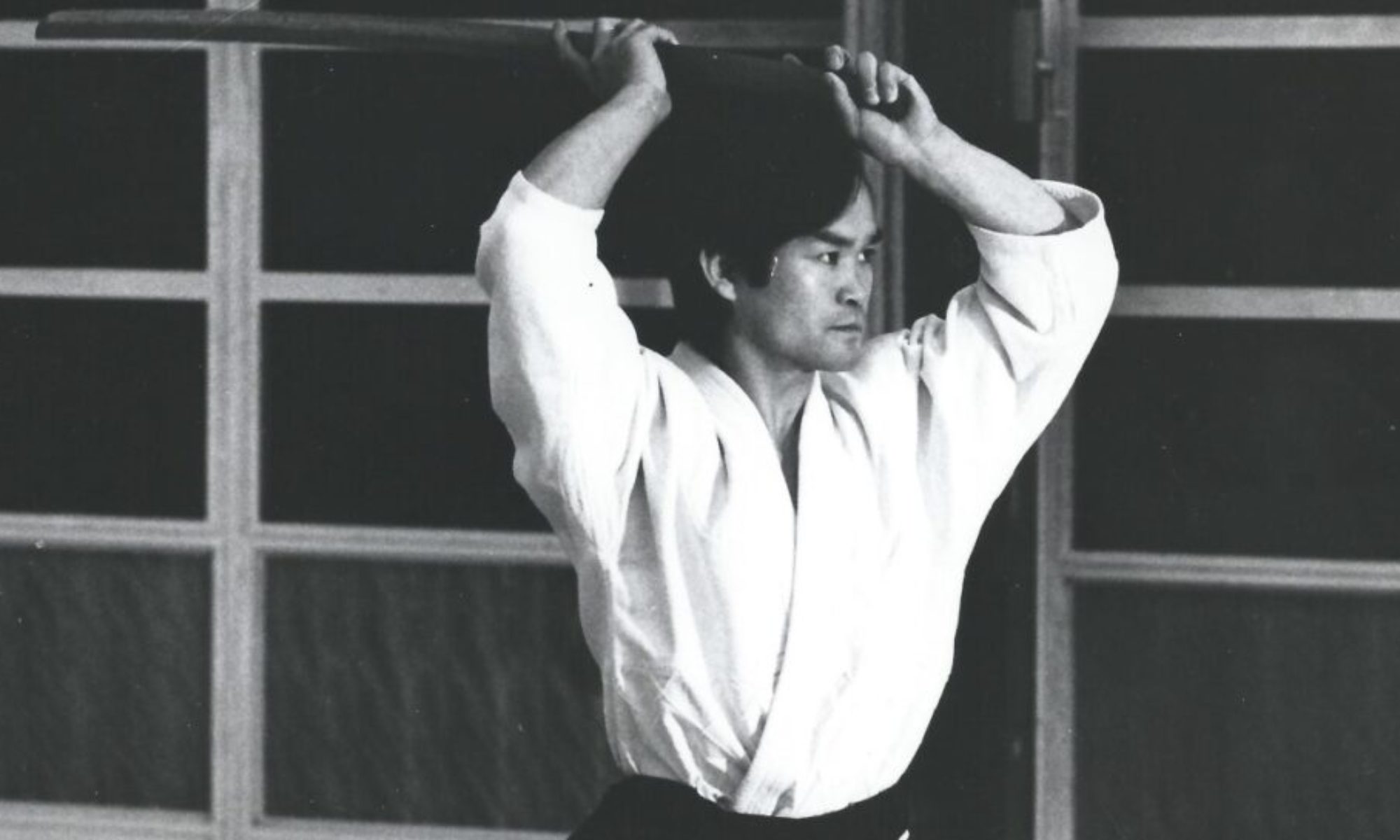
This wonderful art that is aikido is a fragile art and all of us who practice aikido must practice diligently with commitment, particularly when many of O-Sensei uchi deshi have passed away over the last few years. It is up to us to carry on with their legacy. Thank you Nomura Shihan for your insightful article.